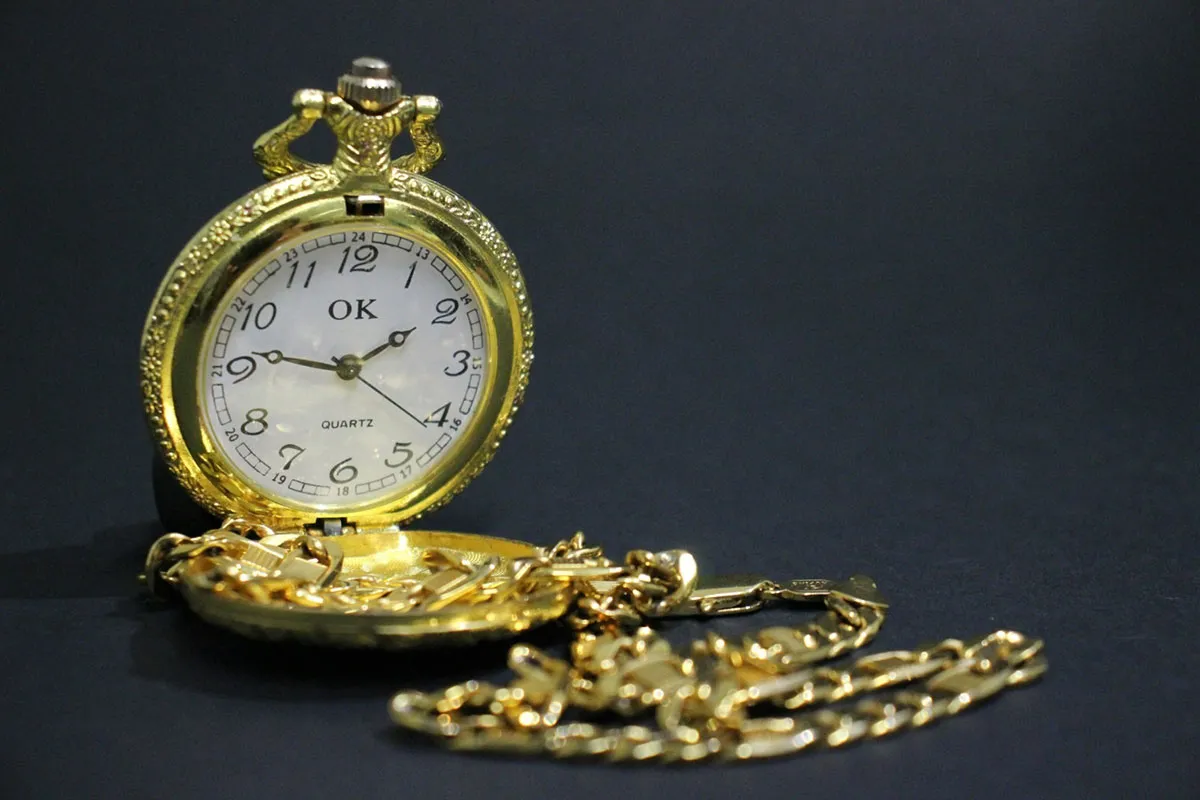 (Photo: Daniela Nunes) The state of Minas Gerais has been plagued by a long-standing problem with gold mining. Even during the colonial period, metal was one of the main ambitions of cities and the Portuguese crown at the time. There is no krone today, but the demand for gold continues to increase.
(Photo: Daniela Nunes) The state of Minas Gerais has been plagued by a long-standing problem with gold mining. Even during the colonial period, metal was one of the main ambitions of cities and the Portuguese crown at the time. There is no krone today, but the demand for gold continues to increase.But although its importance for the state of Minas Gerais is indisputable, not just gold mining, but mining in general, has taken a heavy toll on Minas Gerais cities. At the same time, the wealth generated by garimpeiros and other prospectors contributed to the development of the state's smaller cities.
In this evolution that continues in the Gold Rush, Minas Gerais must not abandon mining or deny its importance for the state. However, it is important to learn from the most recent challenges so that cities and regions in Minas Gerais can overcome them.
Today we prepared this special article to comment on the development of gold mining in Minas Gerais, remembering the gold cycle and showing the current situation of the mining area in Minas Gerais!
What is the Golden Cycle? Gold is today a reserve asset and serves as an alternative in times of geopolitical crises and conflicts. But it wasn't always like that. During the colonial period, gold was used as currency for direct exchange between nations. So, whoever has the most gold will become rich.
Throughout the 18th century, colonial Brazil was the main producer of gold for the Portuguese monarchy. Furthermore, Minas Gerais played an important role in the industry of the time, which led to the rapid development of infrastructure between Brazilian states.
Led by Minas Gerais, Goiás and Mato Grosso were also regions with strong gold production. Thus, according to historians, Brazil produced 50% of world production at the time. Production was so large that the Portuguese began to move to the then colony in search of the riches associated with the gold market.
How long did the gold rush last in Brazil? The gold rush in Brazil lasted until the 18th century and ended with the exhaustion of the mines. With the decline of production in Minas Gerais, the exodus of workers began. Mining, therefore, lost land to livestock and agriculture, resulting in the Café com Leith policy movement with the exchange between the São Paulo and Minas Gerais oligarchies in the future.
Gold mining in Minas Gerais Today, gold mining in Minas Gerais remains strong. The state is the largest producer of the metal in all of Brazil, surpassing even the production of the Amazon forest. However, the sector is far from representing a comfortable environment for the state.
This is because, despite abundant gold mining, Minas Gerais is the least transparent region about the origin of the metal. According to a study by the Federal University of Minas Gerais (UFMG), 88% of the 48.7 tons of gold extracted in the country originated in the state of Minas Gerais. When illegal mining occurs, environmental risks are aggravated, as is the lack of revenue for cities.
The lack of serious measures by the government to combat illegal mining meant that little changed after the 18th century gold rush. Therefore, even with cutting-edge technologies, new solutions do not seem to be applied in the mining area.
Good Modern Examples of Gold Mining Gold remains one of the world's top commodities. So, while the state of Minas Gerais and Brazil itself are impressive when it comes to best practices, other countries demonstrate their ability to innovate and bring progress to the gold mining industry.
Some of the best examples include:
International certifications: establishment of sustainability seals related to metal extraction; Reforestation Policy: At the end of the extraction process, the area affected by mining will be subjected to reforestation; Reduce the carbon footprint: use net zero initiatives to reduce the carbon footprint, prioritizing renewable energy; Use of technology: Implementation of automation functions in gold mining to reduce the risk of contamination to workers. Conclusion – Can gold mining in Minas Gerais be competitive? Gold mining in Minas Gerais has been delayed by illegal mining. While this evil persists in the state, no definite progress can be made in industry, and no positive effect will be found in the cities and the state itself.
As a solution, it is important to prevent the influx of miners and encourage legal mining by companies. To achieve this, the Government needs to develop public policies to ensure that illegal mining companies operate legally!
